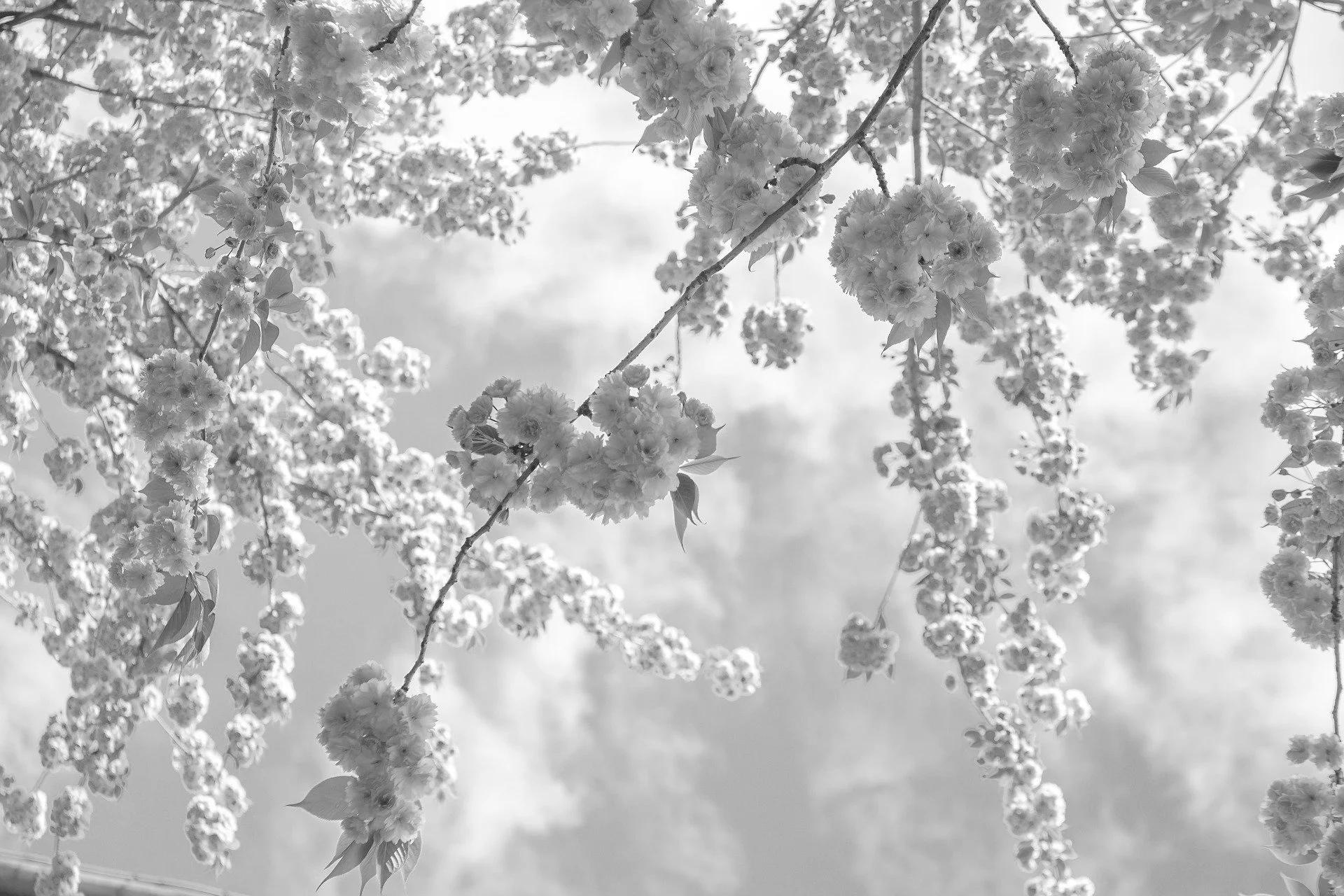Book on the foot
Introduction
These lessons ask you to put books on your hands and feet and roll around. Yes, it is possible! Don’t worry, the lessons are slow and steady. Start one of three ways, upgrading as you go along:
Nothing on the feet and hands
Heavy, folded towels on the feet and hands
Solid, hardcover books on the feet and hands
TIP: I use hardcover children’s books as they’re broad and not too heavy when they fall—and they will fall! Do not use a paperback. Experiment with the weight on the foot and gradually add more. If the item you chose is too light, it won’t provide good feedback.
This first lesson explores the surface of your foot and explores bringing the leg into the air. At first, most people’s feet are so contracted the sole cannot spread to accommodate the book. This lesson seeks to begin the process of softening the foot and highlighting the sensory feedback of where your foot is in space.
Here you start to turn the limbs to feel how they connect into the trunk. Pivoting in the joints allows the next thing to move, and the next. You can’t do it by analyzing mechanics, it’s a felt sense of connection that helps. The more you feel yourself moving, the more you integrate your whole self into the movement.
In pure mathematics a thorny problem is confusing until it isn't, then it's considered trivial. Clarity is, in a way, trivial: a non-event. But until then, we're confused and tortured and our intellect can't help.
It's when we honor our whole state of being, the sensations, thoughts, feelings, and behaviors, and integrate that into a clear sense of self that life feels easier.
Bit by bit, the impossible becomes possible, the possible easy, and the easy elegant, as Moshe Feldenkrais would say.
Here you spend a lot of time clarifying the foot at the end of the ankle. When does it tilt forward, backward, or sideways? What do the toes do and how do you know? Clarity means you know something about yourself not through thinking it but through sensing. Knowing where you are in space clarifies your relationship to the outside world and facilitates action with intention.
This lesson provides more and different sensory information about the position of the feet. It’s especially good for the hips when you roll the long leg on the belly and feel how it connects through all the joints to the pelvis, low back, and ribs. You will learn how the foot relates to the lower leg bones and ankle for increased balance and stability in walking.
Here we start rolling to the belly and back, integrating the learning of the previous lessons. Learn how to use the head and eyes in relation to the pivot of the limbs, folding of the torso, and spiraling through the spine. It’s still slow and careful, and lots of fun. Enjoy the sound of your books dropping, and smile.
Moshe says in one of his lessons, "Do this movement slowly, without force, because it is impossible to change the world in an instant. To create is not possible in an instant.”
Now we look at the hands more closely, building on previous knowledge. How do you use your arms, shoulders, and upper back in this movement?
The rolling starts coming together with more refinement of how you use your spine, chest, eyes, head, and limbs in relation to the weight shift. Knowing when you move, how you move, and where you move becomes important. Slowly you find the ease in rolling to one side and back again, or to one side and around and around…
* * *
This series uses a pattern to learn a skill. For most of us, just going through the series will not be enough to learn it. It’s like martial arts where getting a black belt means you have acquired just enough skill to begin learning. Consider these lessons as a jumping-off point to refine your knowledge throughout your life.
“Learning is turning darkness, which is absence of light, into light. Learning is creation. It is making something out of nothing. Learning grows until it dawns on you.”

